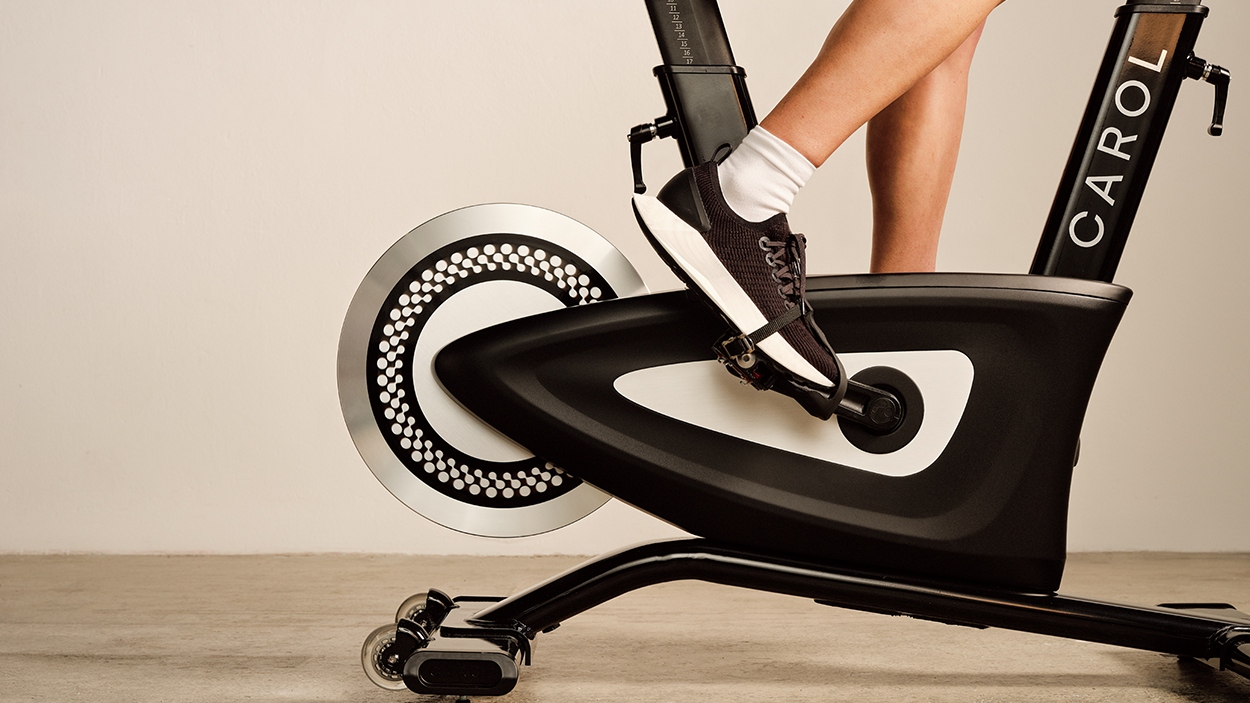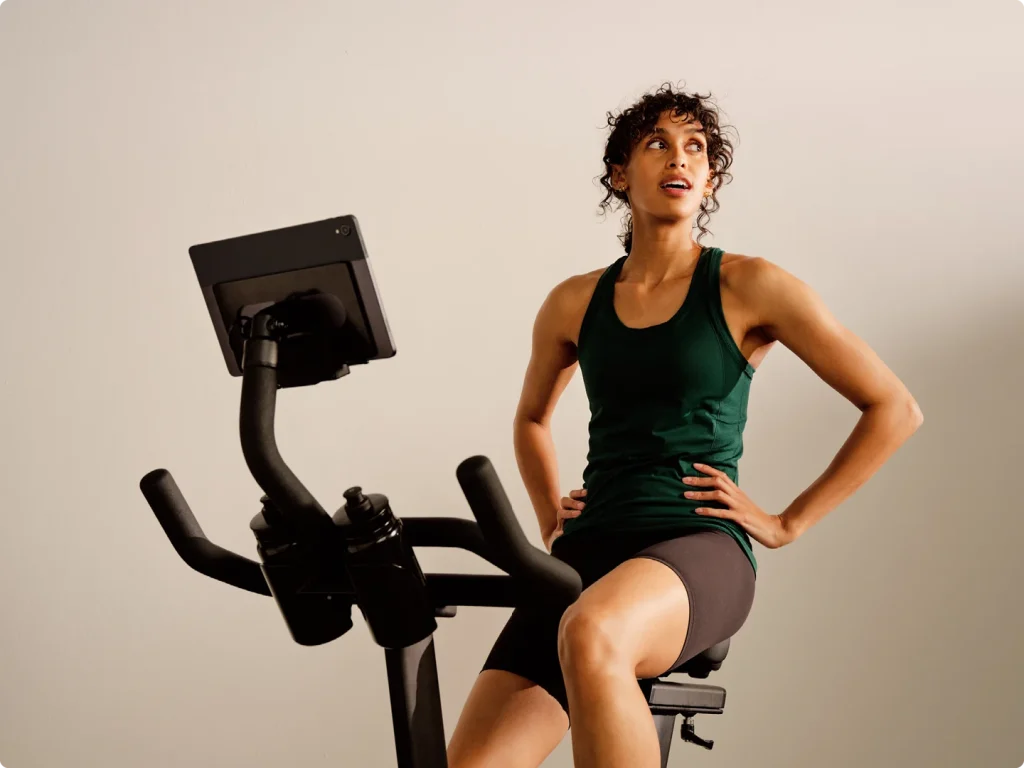When it comes to burning calories, not all exercises are created equal. If you want to make your workouts more efficient, focus on activities with the highest calorie burn rate. Typically, intense heart-pumping cardio activities increase your total daily energy expenditure the most and help you achieve your weight loss goals faster. You can also intensify your current workout routine for better results. However, the fat loss process is not linear and it’s important not to expect immediate results.
How many calories do you need to burn to lose weight?
1 kilogram (2.2. lbs) equals roughly 7,700 kcal. According to the USDA’s 2020 “Dietary Guidelines for Americans” report, women need between 1,600–2,400 calories a day, and men need between 2,000–3,000 calories to maintain daily activity. Weight loss begins when a calorie deficit forms, meaning you consume fewer calories than you burn each day.
There is a common “3,500-calorie rule” suggesting that if you decrease your intake by 500 calories daily, you will lose 1 pound per week, however, a recent study cast doubt on this concept. According to researchers, this rule may hold for those with substantial excess weight or just commencing their weight loss journey. However, weight loss isn’t a linear process. Metabolism, hunger, and satiety levels adjust over time, potentially slowing progress, even with vigorous calorie-burning workouts.
Researchers propose a more precise rule: “Every 10-calorie reduction per day eventually leads to a 1-pound loss.” The time frame for this change can span weeks to months. Rather than chasing quick results, they advise meticulous calorie control combined with an intense exercise regimen.
An elliptical workout not only helps you to burn calories and lose weight, but it is also great for strengthening muscles and improving cardiovascular health. It engages both the lower and upper body muscles, providing a whole body workout.
What factors impact the amount of calories burned?
Several factors influence your calorie burn rate during a workout, including age, weight, fitness level, workout duration, and intensity.
Muscle Mass: Having more muscle enables you to engage in higher-intensity workouts and burn more calories even at rest. After age 30, physically inactive individuals typically lose 3–5% of their muscle mass per decade. By age 75–80, this loss can amount to half of their lean mass. To sustain calorie burn rates, incorporating strength training as you age is crucial.
Heart Rate: Workout intensity is primarily gauged by heart rate. More intense exercise requires increased oxygenated blood circulation, leading to a higher heart rate. The optimal fat-burning range lies around 70–80% of your maximum heart rate, akin to the intensity of a typical high-intensity interval training (HIIT) workout. Boosting workout intensity by raising the pace or incorporating sprints and intervals can enhance calorie burn.
Since caloric burn depends on the person’s weight, below we suggest estimates for an average person who weighs 84 kgs (185 lbs.)
1. Running
Running burns between 336 to 671 calories per hour depending on workout pace and intensity. This high-impact aerobic exercise usually tops the list of high-calorie burning exercises. You can burn more calories if you do HIIT or sprint interval training while running.
2. Stationary bike cycling
Cycling allows you to burn almost the same amount of calories as running (from 294 to 693 kcal per hour) while being low-impact on your joints. HIIT and sprint interval training (SIT) are easier to perform on a stationary bike which makes indoor cycling burn more calories than outdoors. Most stationary bikes come with programmed workouts you can include in
3. HIIT workouts
High-intensity interval training (HIIT) is one of the most efficient ways to burn calories in less time. Alternating high-intensity exercise with recovery intervals for 30 minutes will burn up to 600 calories.
There are many variations of HIIT. The most popular among them are the Tabata workout (exercise for 20 seconds, rest for 10 seconds), Pyramid workout (exercise length or intensity increases and then decreases with each round), EMOM (Every Minute On the Minute—you complete a certain number of repetitions each minute and rest until the next minute starts), and AMRAP (As Many Rounds As Possible—you need to complete as many repetitions as possible during the set time.)
HIIT induces a greater excess post-exercise oxygen consumption (EPOC) than steady-state training. During EPOC, the body consumes more oxygen to restore the metabolism to its resting rate and continues to burn calories. Some studies suggest that EPOC after certain HIIT sessions can last up to 48 hours and amounts to 25% of total energy expenditure.
You can implement HIIT in your regular workouts be it running, cycling, or strength training to increase the amount of calories burned.
4. REHIT
REHIT is the next-level HIIT developed by scientists looking for the shortest, most efficient way to exercise. This 5-minute workout delivers the same fitness benefits as a 20-minute HIIT training session or a regular 45-minute steady-state cardio workout.
REHIT is based on research that has shown that 2×20-second all-out sprints are enough to deplete up to 30% of the body’s glycogen stores and trigger metabolic changes that increase calorie afterburn and significantly improve aerobic fitness. More or longer sprints don’t have a greater effect.
According to research, in just 8 weeks you can achieve a 12% increase in cardiorespiratory fitness and reduce your risk of type 2 diabetes by 62%. You will also burn more calories on a 15-minute CAROL ride compared to a 30-minute run. Most calories (66%) are burned after the training.
CAROL Bike is the only stationary bike that accurately re-creates REHIT outside of the lab. Its AI automatically tailors the resistance levels to maintain supra-maximal intensity in every training session.

CAROL burns over twice as many calories, minute-per-minute vs. traditional exercise, largely thanks to afterburn.
5. Swimming
Swimming is another low-impact cardio exercise that engages the entire body.
Swimming can be a non-strenuous activity to perform on your resting days after intense training. You will burn fewer calories at a leisurely pace: from 200–300 calories per hour on average.
If you want to increase this count, you can increase the pace, try HIIT or sprint interval training, and switch to more intense swimming styles. 30-minute butterfly training burns 450 calories, although it is hard to perform for prolonged periods of time even for trained athletes. Fast freestyle swimming can burn more than 700 calories per hour.
6. Boxing
If you would like to enrich your cardio-based workout routine with other types of activities, boxing will help you burn up to 800 calories per hour. This high-intensity training is effective for developing coordination, agility, speed, and cardiovascular endurance. It’s an engaging way to increase muscle strength in your upper and lower body, improve self-confidence, and learn self-defense.
7. Rowing
During an hour of rowing, your body burns from 587–881 calories on average. Similar to cycling and swimming, this is a low-impact workout. Rowing is a full-body workout—according to research 60% of power comes through your legs and trunk, while 40% comes from your upper body.
As with other types of aerobic exercise, you can do HIIT training during your rowing sessions to burn more calories.
8. Circuit training
Circuit training is a set of 8–12 exercises that target multiple muscle groups and are performed for a set number of repetitions or a fixed amount of time. The main difference with HIIT is that you can adjust your intensity level, not necessarily performing it at 80% heart rate.
While HIIT was initially designed for aerobic exercises (although it can combine bodyweight and resistance exercises), this is a classical strength workout that helps build muscle and core strength. The larger muscle mass you have, the more calories you burn at rest.
On average, one session burns 600–650 calories per hour.
9. CrossFit
It’s hard to outcompete CrossFit when it comes to burning calories. This demanding strength and conditioning workout can burn more than 900 calories per hour, depending on your fitness level.
CrossFit training is based on functional movement performed at a high-intensity level. It incorporates actions that you perform in your day-to-day life, combining weight training, cardio, and bodyweight exercises. It levels up your strength, endurance, and aerobic fitness. As with other HIIT workouts, CrossFit helps you burn extra calories during an increased EPOC throughout the entire day after the training.
10. Taebo
Taebo is a fitness program created by sports expert Billy Blanks that consists of martial arts, boxing, and dance movements performed at a high speed. Taebo combines the benefits of HIIT, strength training, and cardio exercise. It targets multiple muscle groups, keeps your heart rate elevated throughout the training, and increases your lung and heart capacity. It improves your body composition, enabling you not only to lose fat but also to grow more muscle and improve shape.
Taebo tops the aerobic classes when it comes to calorie burn rate. You will burn from 500–800 calories during one hour of Taebo training, compared with the 300–400 calories burned in a regular aerobics class.
The exact number of calories you burn depends on your fitness level. The more muscles you use in a workout and the more repetitions you are able to do in a set period of time, the more energy you expend.
These 10 most calorie-burning exercises can make your weight-loss workout program more efficient. It’s important to take your personal preferences into account when choosing the best activities for your workout routine.
Consistent practice will help you burn more calories than occasional strenuous workouts. You can also increase overall calorie burn by incorporating HIIT and sprint interval training in your aerobic exercise and being more physically active outside of your training.

Got a question? Let's book a call.
All our experts have MSCs in Exercise Science, and they’re here to answer your questions. Whether it’s about the science behind CAROL Bike, or general fitness advice, whatever’s on your mind—we’re here for you.


